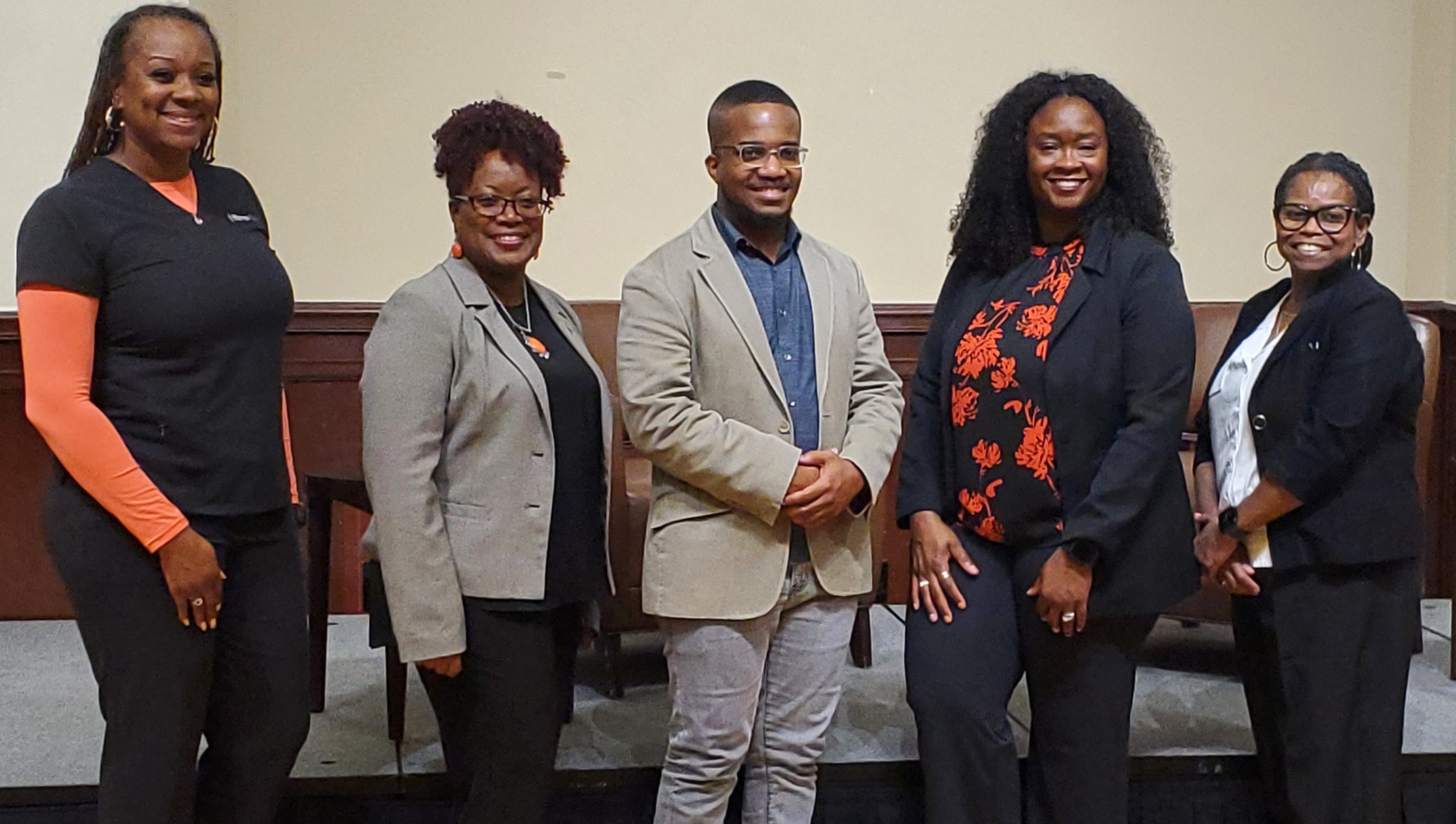Greetings,
On behalf of the student members and advisors of the African American Student Association here at OSU-Tulsa, we would like to say Thank You so much for your generosity! Your contribution, no matter how large or small is greatly appreciated. Those funds will help student members achieve their leadership goals that they set for themselves this academic year. We look forward to sharing updates with you. Once again, thank you!
Sincerely,
AASA Team
$19.99
When It Started
The campus was originally named University Center at Tulsa (UCAT), and then in 1999 it was renamed OSU Tulsa.
$50
Hang Time
Students work hard to achieve their academic and personal goals. We want to develop their leadership skills as well as invest in their overall well-being by engaging in fun activities.
$100
We Celebrate You
Successfully completing semester courses while participating in student leadership organizations is no easy task. We look forward to celebrating our member's accomplishments at the end of the semester to show how much they are appreciated.
$365
Black History 365
Black History is not just celebrated during the month of February. Black history is American history. We celebrate our history 365 days a year.
$500
Greenwood
The OSU Tulsa campus is located in the historic Greenwood business district. It is an honor to walk upon this sacred ground and to recognize the lives of those impacted by the 1921 Tulsa Race Massacre.
$1,000
Archer
Thriving black-owned businesses once existed on Archer Street during the early 1900s in the Greenwood Business District.
$2,000
Pine
Greenwood, Archer, and Pine were the names of the streets that once had successful black-owned businesses and working families. These streets were also the inspiration behind the name of the R&B group, The GAP Band with lead singer, Charlie Wilson.
$3,000
Black Wall Street
This was the name given to the affluent business district of Greenwood in North Tulsa. Thirty-five blocks of businesses, homes, schools, grocery stores, libraries, and churches that flourished until it was first destroyed in 1921 and later rebuilt by 1925.



